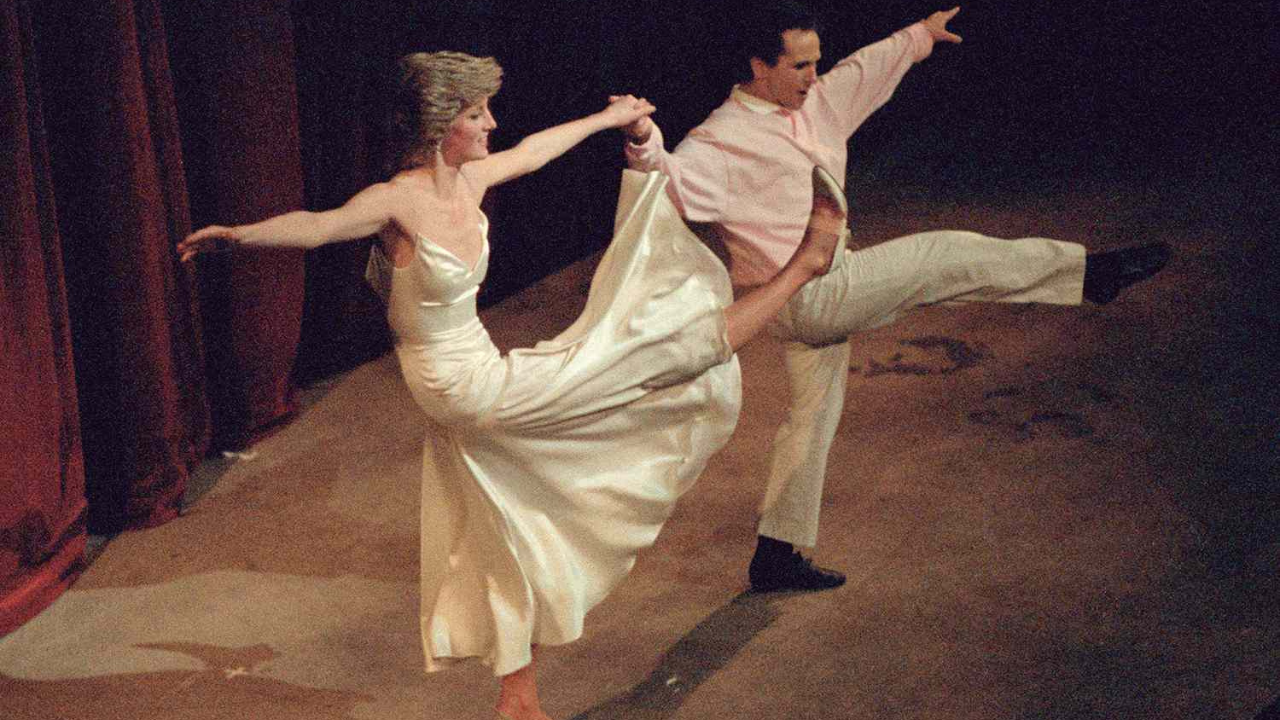The home minister’s proposal to rename Port Blair as Sri Vijaya Puram to honour the memory of the 11th century Chola empire is the third major renaming associated with the Andamans. In 2002, the Atal Bihari Vajpayee govt had renamed the airport in Port Blair as Veer Savarkar International Airport. In 2018, the BJP govt had renamed three islands — Ross, Neil, and Havelock — as Netaji Subhash Chandra Bose, Shaheed, and Swaraj Dweep. These successive name changes are being done in the name of ‘decolonisation’ — freeing the Indian subcontinent of the cultural effects of British colonialism and restoring its hubris.
The latest renaming has generated three popular misconceptions: that the Srivijaya kingdom was an Indian empire; the word Srivijaya is a Sanskrit name for the Chola or Vijayanagar Empire; and the Andamans were an integral part of the Chola Empire. The Srivijaya kingdom, however, was a maritime Indonesian empire that flourished from 7th to 13th centuries and had mercantile connections with the Indian subcontinent. According to a Tamil prasasti (eulogy) of the Chola ruler Rajendra I at the Thanjavur temple, in the early 11th century, he sent naval expeditions to the Srivijaya kingdom. Nilakanta Sastri, professor of Indian history at University of Madras, in his seminal history of the Cholas (1955) presented these expeditions as militaristic raids carried out by King Rajendra to remove obstacles in trade and to ‘extend his digvijaya’ or world conquest.
Later historians have questioned Sastri’s idea of Chola expeditions being the outcome of a desire for conquest but have upheld the commercial motive theory. According to Himanshu Prabha Ray, an Indian Ocean historian, Tamil inscriptions from southern India, Myanmar, Malaya, and South China provide extensive information about the seafaring Tamil merchant associations that built temples and water tanks and had private armies. There is a general agreement that the purpose of these expeditions was to protect the commercial interests of the seafaring mercantile community, especially in wake of the rise of Fatimids in Egypt and the Song in China. The Chinese sources studied by historian Tansen Sen also confirm the view that the reasons for Chola expeditions were primarily commercial, i.e., to counter the Srivijayan attempts to block maritime links between Chola and the Chinese Song dynasty’s markets.
So, despite the absence of historical evidence to substantiate the Chola digvijaya claim, it has become part of the popular nationalist lore. We know it was not the Chola expeditions or the ancient and medieval maritime maps that integrated the Islands into the Indian subcontinent but British colonisation in 1858. It was colonial cartography that reoriented the Andamans to face India. The subsequent transportation of Indian political prisoners to Cellular Jail (after 1905) initiated the nationalist appropriation of the Andamans. The climax came with Lord Mountbatten handing over the Andamans to Jawaharlal Nehru in 1947 and their incorporation as a Union Territory in 1956. Post-Independence, the Andamans has continued to serve India’s nation-building project through commemorative celebrations of arrival of rebels of 1857, the conversion of Cellular Jail into a national memorial in 1967, tribal Andamanese being invited to perform at the Republic Day celebrations, and the subsequent renamings.
How should we understand the renaming of Port Blair as Sri Vijaya Puram? It is directly correlated to digvijaya imagination. What is being imposed in the name of celebrating or honouring the memory of the Cholas is a hegemonic cartographic imagination of a grand and luminous ancient Hindu empire that goes beyond the idea of Brihad or Akhand Bharat that encompassed the Indian subcontinent including Afghanistan and Myanmar. The propagator of this imaginary Hindu cartography was the ideologue Purushottam Nagesh Oak (1917-2007), a member of Bose’s Indian National Army. His books ‘World Vedic Heritage: A History of Histories’ and ‘Some Missing Chapters of World History’ were replete with nostalgia for a Hindu empire that extended from India to Mecca, Egypt, Syria, China, Manchuria, and Korea but one that never existed. He also wrote several fictive books on Hindu antecedents of medieval monuments, and we owe the imagination of Taj Mahal being a Shiva temple to him.
The Andamans and its residents are simply a ruse and, at best, a quarry of the hyper nationalist discourse. It is the vision of world conquest that brings the Islands into focus for public glorification, which otherwise struggle for their basic needs. How uncannily similar it is to the way the British saw and treated the Islands, as a pawn in their ocean conquest. The renaming is an act of epistemic colonisation masquerading as decolonisation. What is the difference between the name Port Blair and Sri Vijaya Puram? It is simply more of the same.
Vaidik is professor of history, Ashoka University. Views are personal
Disclaimer
Views expressed above are the author’s own.
END OF ARTICLE


